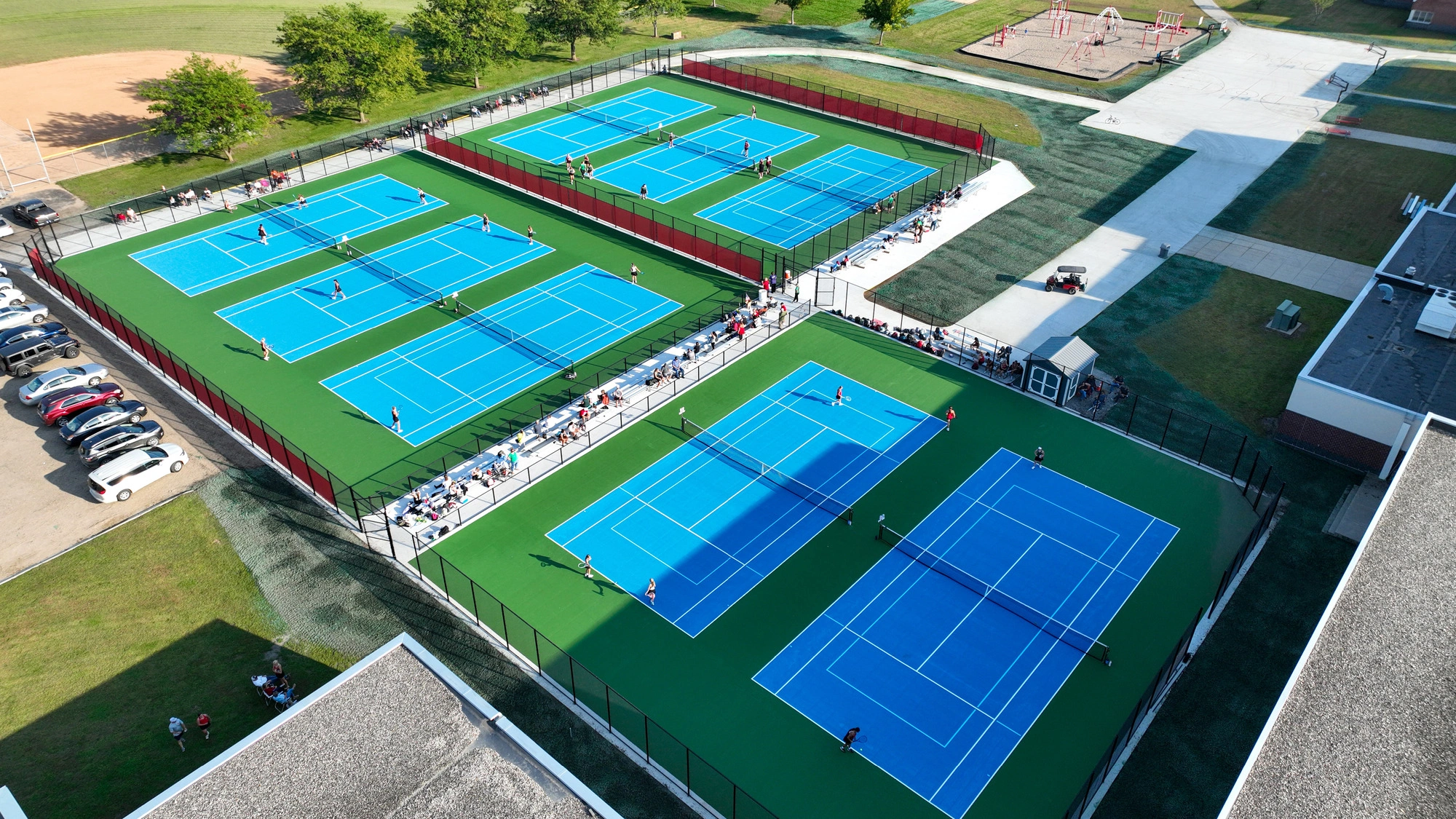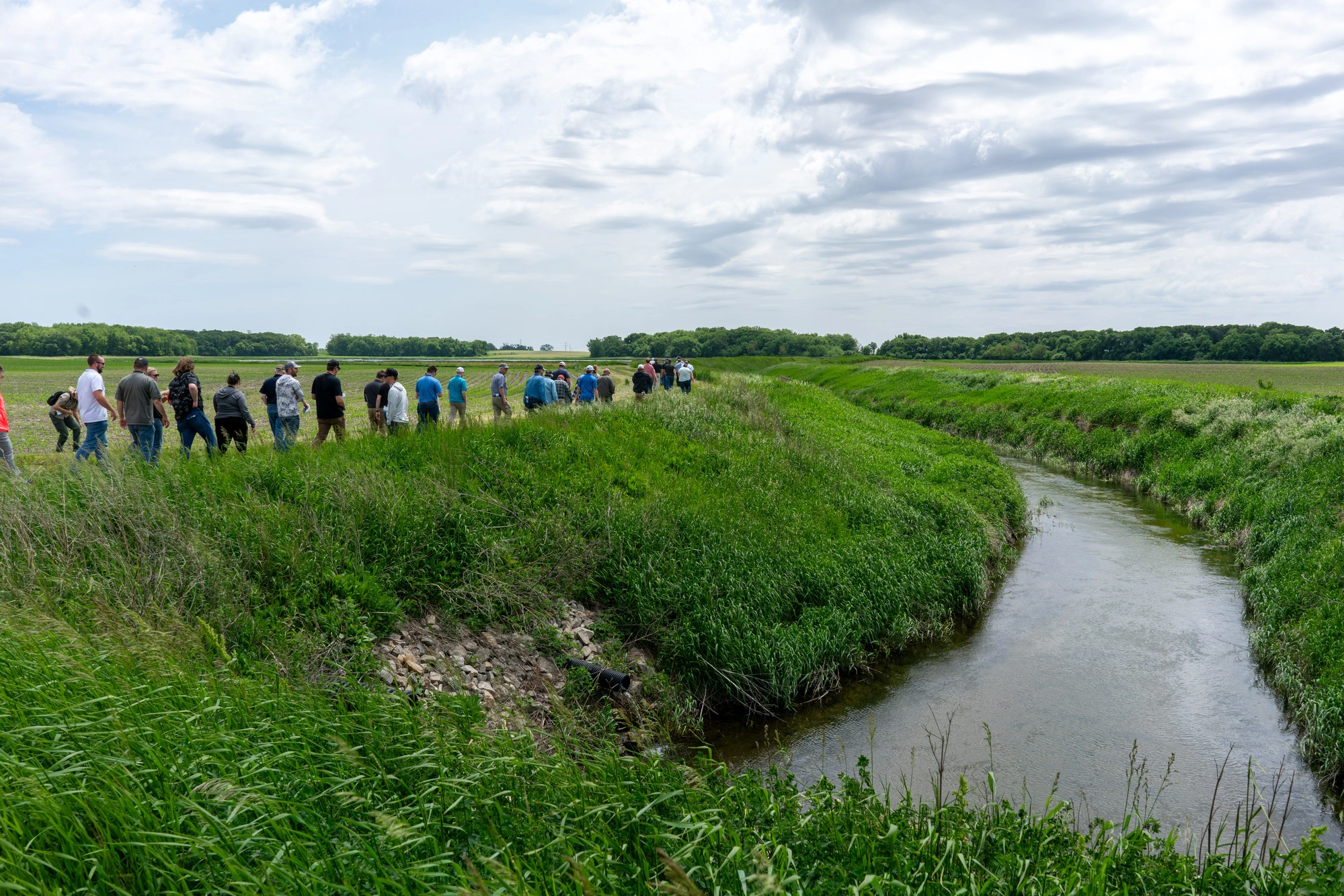It’s a Balance: Protecting Crops and Water Downstream
Much of the upper Midwest, including Minnesota, North Dakota, and South Dakota were formed by glaciers moving over the landscape, creating a region referred to as prairie potholes. Early agricultural practices were focused on draining the water from these potholes in order to farm the land. As our understanding of the delicate balance of ecological systems has advanced, our approach to balancing environmental practices with farming practices has also progressed.
Meeting Agriculture Goals + Protecting Impacts to the Environment
The Midwestern economy is built on agriculture. As technology has advanced there are less farmers with larger fields and larger equipment, which leads to tighter planting and harvesting schedules. A fully functional and rightsized drainage infrastructure system is critical to meeting growing season demands, maximizing the time crops are growing to produce successful yields. In farming, timing is everything. Each year, farmers are concerned about the amount of surface water on their land, either reducing or increasing crop yields. Too much water or not enough can have negative effects.
Previously standard agricultural drainage practices promoted farming as much land as possible and removing wetlands. These practices led to areas of the prairie pothole region experiencing increased erosion, resulting in sediment in rivers, streams, and lakes. This increased sediment poses risks to water quality and can prevent vegetation from growing in the water, affecting the natural food chain for wildlife habitat.
As water resource management experts, ISG is committed to meeting the goals of farmers as well as protecting rivers and streams. When feasible, ISG incorporates Best Management Practices (BMPs) into drainage projects to produce multiple water quality benefits and reduce erosion.
Infrastructure that Works + Works for the Environment
A successful example of this type of drainage and environmental balance was the recently completed drainage project for Martin/Watonwan County JD 9. The landowners had requested a substantial increase in drainage capacity at the outlet of the system which would require a 60-inch pipe to improve to the failing, undersized system.
To meet landowner capacity goals, while reducing impacts downstream, ISG designed and installed a large storage basin in the middle of the watershed and utilized land near the outlet to widen a channel to create additional storage. By incorporating these BMPs, the team was able to downsize the drainage infrastructure to a 48-inch outlet pipe. A benefit of this solution was that as water drained into the larger storage pond, even at a higher capacity, the pond filtered and slowed the flow downstream. Ultimately, the landowners received the capacity they needed, and water quality improved by replacing the failing tile system and adding storage—all while saving costs due to the smaller outlet pipe for the system. To gain a full understanding, watch this brief video of the implemented BMPs.
As the needs of agriculture and the environment change, ISG remains at the forefront of innovation to improve crop production and water quality—balancing goals for the benefit of all.

Related Articles

.webp)
ISG Recognized as a 2025–26 Emerging Professional Friendly Firm for the Fourth Consecutive Cycle
ISG has been honored as a 2025–26 Emerging Professional Friendly Firm by AIA chapters in North Dakota, South Dakota, Wisconsin, and Minnesota in recognition of its commitment to fair compensation, licensure support, mentorship, and growth for early-career architects.













